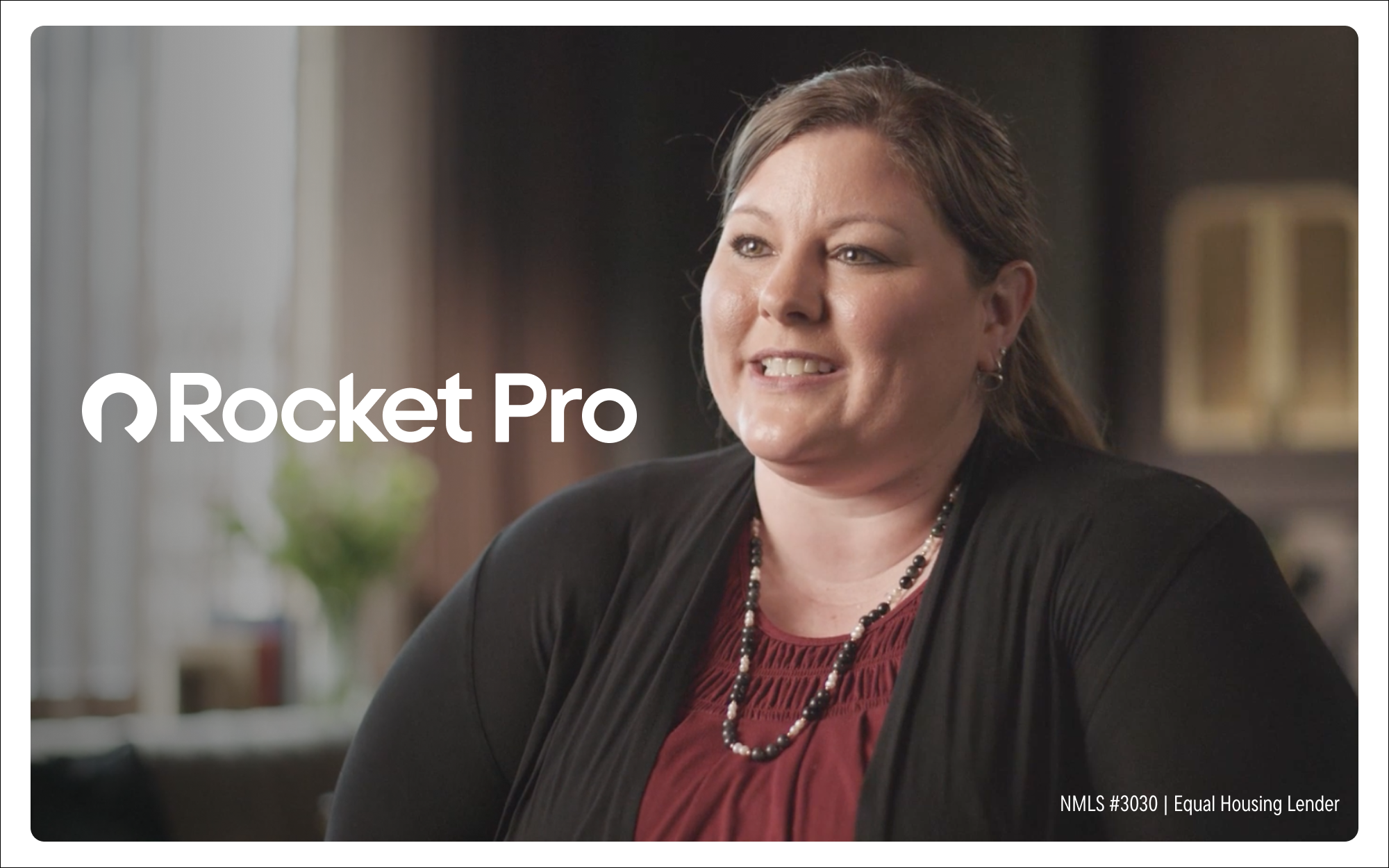The community bankers serving agricultural communities know how to roll up their sleeves and help with harvest, move cattle and work alongside their customers. Their commitment to keeping rural communities alive is unmatched in the banking industry. Here are some of the community banks sustaining rural America.
Community banks grow alongside their ag customers
September 01, 2021 / By Judith Sears
The community bankers serving agricultural communities know how to roll up their sleeves and help with harvest, move cattle and work alongside their customers. Their commitment to keeping rural communities alive is unmatched in the banking industry. Here are some of the community banks sustaining rural America.
Riding horseback along the Montana highline to move and brand cattle is certainly one way to show your commitment to a customer. Luke Rech, agriculture loan officer for Independence Bank in Havre, Mont., and his fellow loan officers frequently do just that. Rech, who draws from his experience growing up on a ranch, figures the local lending team spends over 50 days a year out of the bank, either on crop tours or helping to brand cattle.
Rech says this hands-on approach to serving agricultural customers has several important results; chief among them is deepening the relationship. “When you have a conversation while you’re wrestling a calf, you’re in their element, rather than always having the conversation in our office,” he adds.
That personal exposure also helps community bankers assess a customer’s operations and management skills. It adds to their understanding of the industry, making them better bankers. And it further bolsters a loan officer’s credibility with their next ag customer.
“You can talk their lingo,” Rech says. “You know what ‘roping a calf with a double hawk’ means.”
Agriculture represents about 75% of $1.1 billion-asset Independence Bank’s lending portfolio, and the community bank has flourished as a result of its close client relationships. “Our customers are our biggest referral source,” says Matt Wertheimer, the bank’s chief lending officer.
“Finding good labor is difficult, and harvest time is a short-term spike in need for farmers. [Hands-on experience on customers’ farms] is part of the relationships our loan officers build.”—Bernie Sinner, BankNorth
Not afraid to get their hands dirty
Community banks around the country exhibit a similar commitment to their ag communities. Bernie Sinner, president and senior lending officer of $470 million-asset BankNorth in Casselton, N.D., shares that when harvest time is near, several of his loan officers can be found out in customers’ fields, running combines, driving trucks or operating sugar beet lifters.
“Finding good labor is difficult, and harvest time is a short-term spike in need for farmers,” Sinner says. “This is part of the relationships our loan officers build.”

Such extraordinary involvement is necessary because agriculture is a specialized form of lending, according to Matt Ross, vice president and agriculture commercial lender at $370 million-asset Thumb Bank in Pigeon, Mich. “You need to understand where a farmer is coming from,” he says. “You need a keen knowledge of the weather, the markets, agronomy. You need to be able to walk the walk.”
The close ties of community banks and their ag customers are reflected in the fact that in 2019, while community banks held 12% of total banking industry assets, they funded about 70% of farm loans at commercial banks, according to the FDIC’s 2020 Community Banking Study.

Community banks earn this vital business because their localized, personal service enables them to make big decisions quickly and with minimal friction. That can make a huge difference for a farmer.
Just take Dave Cebulla, vice president of agriculture and truth credit officer at $230 million-asset Pine Country Bank in Little Falls, Minn. For several years, he’s worked with Jeff Tiemann, who farms the 2,000-acre Sandy Hill Farms, which requires regular irrigation. Recently, Tiemann spotted some used irrigators on sale at another farm for a good price. He called Cebulla to secure financing.
“Dave said, ‘Do what you’ve got to do, and I’ll get it done on my end,’” Tiemann says. “That phone call lasted about a minute and a half. I was able to tell the farmer that we were ready to go, and we could secure the equipment for our farm.”

Growing alongside AG customers
Agriculture is growing and changing, affecting both what happens on a farm and how its finances work. In response, community bankers, farmers and ranchers are all going to school, formally or informally, to learn about the latest advances.
Thumb Bank routinely sends its loan officers to Purdue University’s agricultural lending school in Indiana. The curriculum emphasizes analyzing farming operations in terms of accrual adjustments, as well as other specialized aspects of ag lending.
Ross says that much of a farm’s value is tied up in inventory. If a farmer chooses to sell only a certain percentage of crop and carries the rest until the next year, the tax return will only show, say, 40% sold. Understanding that the farmer has 60% in the bin gives a more realistic evaluation of the farm’s profitability.
Getting the best price for their crops and hedging against loss is a critical concern for the farming community, and farmers are seeking out sophisticated financial tools.
That’s why Guy Young, president of $95 million-asset First National Bank of Quitaque in Quitaque, Texas, hired Alyssa Jones, a former commodities trader, as a senior vice president and branch manager. Jones, who studied agricultural and applied economics at Texas Tech, was driving a tractor and plowing corn when Young invited her in for an interview.
Jones explains puts and calls to farmers, which enables them to lock in advantageous prices at relatively low risk while keeping their ability to sell at a higher price if the price goes up. “But it’s not just my ability to explain the puts and calls that’s beneficial,” she says. “It’s the ability to discuss the pros and cons in a given market and a given year of whether the better play is contracting with the elevator, cattle buyer or gin, or hedging with a broker.”
Jones’s background helps her understand the bigger commodities picture. She can advise on why grain prices are affected by wheat crop in the Black Sea and explain that elevators will pay more for wheat with a higher percentage of protein, regardless of what region had a bumper crop.

From farmers to entrepreneurs
The COVID-19 pandemic affected supply chains in many industries. Among cattle producers, it exacerbated the bottleneck at large meat processors and packing plants.
“These plants have a lot of control and are so concentrated, they aren’t nimble enough for smaller producers dealing in a smaller number of cattle,” says Bernie Sinner, president and senior lending officer at BankNorth in Casselton, N.D.
That increases producers’ costs, as they’re forced to continue feeding cattle much longer than planned. Recently, a group of five North Dakota cattle producers banded together to launch their own processing plant, Butchers Edge. They expect the plant to reduce wait times for custom slaughter. Eventually, Butchers Edge hopes to add retail to its operations. The group started construction on a plant near Edgeley, N.D., in July and expects to open for business in February next year.
BankNorth has steered Butchers Edge through a financial maze of programs from the Small Business Administration (SBA) and the Bank of North Dakota. Loan officer Judy Meisch of Bank North’s LaMoure, N.D., branch, has played a key role in orchestrating the various lending and funding sources to make the plant possible.
“BankNorth has been our rock,” says Jay Mathern, president of Butcher’s Edge. “They’ve been instrumental in putting together financial packages with different grants and loans. We walked into this thing oblivious
of the various financial tools and resources that might be available. They have held our hand and showed us the way.”
Continuing education
Bernie Sinner agrees that getting loan officers up to speed on commodity market strategies is critical. BankNorth recently invited an agriculture economics professor from North Dakota State University for sessions on the use of the futures markets. The community bank also sends loan officers to the ICBND School of Agricultural Lending at Bismarck State College in Bismarck, N.D.
Sinner urges loan officers to assess whether the puts are protecting the farmer’s production and whether they’ve crossed the line into speculation. “If I only have 1,000 acres but have 5,000 in futures contracts, that’s 4,000 acres worth of speculation,” he says. “We give the loan officers the tools to analyze the situation on a case-by-case basis to help them understand how to use these tools and win.”
Tory Hart, senior vice president of $860 million-asset Bank Forward in Jamestown, N.D., has observed increased market savvy in his ag customers in recent years. “They know where the markets are,” he says. “A lot of times they are positioning themselves with purchases and sales at least a year in advance.”
To that end, Bank Forward frequently hosts general education programs and trade shows for its customers. “We bring in special guests for presentations about marketing, the local elevator or new equipment and top if off with a super meal,” Hart says.
Thumb Bank caps the wheat harvest with a Field Day. The community bank provides lunch for guests and works with local dealerships to put on tillage demonstrations. “They see the latest and greatest combines and what have you,” Ross says. “It builds a good rapport with local customers.”

Helping ag customers succeed
Banks also strive to keep customers apprised of programs that may be helpful to their operations. In 2020 and early 2021, the Paycheck Protection Program (PPP) provided a path to keep ag businesses operating.
Like other small businesses, many farmers suffered severe economic hardships in the pandemic. “In late 2019, many markets were on the rise, and many farmers planned to wait and sell a lot of their crop at the end of Q1 or Q2 2020,” Ross says. “But when the pandemic hit, everything crashed, commodities crashed, and farmers were forced to hold their crops and finance their inputs or sell at a loss.”
Thumb Bank aggressively pursued PPP loans. “We were doing PPP all over Michigan,” Ross says. “We worked closely with a lot of our crop insurance agents, CPAs, accounting firms to get the word out to our farmers about the program.”
The First National Bank of Quitaque was also very active, reporting more than $5 million in PPP loans to more than 300 customers, of which 65% went to farmers and ranchers. Pat Carson, a rancher and longtime First National Bank of Quitaque customer, appreciated the bank’s effort to keep him informed.
“They were right there looking for solutions,” Carson says. “We weren’t eligible the first round, but the bank was great about keeping in contact. When the second round was announced, they called and said, ‘This is worth doing.’”
Many customers benefited from community banks’ proactive engagement with the PPP. Casey Burchill, a grain farmer in North Dakota, says Bank Forward kept him up to speed on various programs he wasn’t aware of and helped him navigate the application process. In the case of the PPP, Bank Forward simplified the paperwork to the point that all Burchill had to do was sign on the dotted line.
Jones has seen financial institutions with big loan committees and lots of red tape that weren’t responsive to ag communities.
“I was told that if I really wanted to help farmers and ranchers, the best place to be was in a small, locally owned community bank,” she says. “I think that’s true. We’re all about caring about their business and their well-being and partnering with them in a way that allows them the best chance for success.”
A fight for tax equity
The building once occupied by Wells Fargo in Tulia, Texas, is now home to a First National Bank of Quitaque branch. But while Wells Fargo and other major banks have notably fled from banking farmers and agricultural businesses, one competitor is growing stronger: Farm Credit Services (FCS).
Sometimes described as the “country cousin” of credit unions, FCS competes against the private sector, providing government-sponsored loans while being largely tax-exempt.
“They’re growing loan volume and taking good loans away from community banks,” says Mark Scanlan, ICBA’s senior vice president of agriculture and rural policy.
“They’re huge and really hard to compete with,” adds Guy Young, president of First National Bank of Quitaque in Quitaque, Texas. “They can borrow money in the government’s name.”
In response, Rep. Ron Kind (D-Wis.) and Rep. Randy Feenstra (R-Iowa) introduced the Enhancing Credit Opportunities in Rural America (ECORA) Act of 2021. The bill’s primary provisions would exempt interest on loans secured by agricultural real estate from taxation and exempt taxable income from rural residential mortgages in communities of fewer than 2,500 people.
“It’s great legislation that would put us on the same footing as Farm Credit,” Young says, “If my ag real estate loans were tax-exempt, I could take the savings and give lower rates to customers. That would be huge for us if that legislation would pass.”
Scanlan says community bankers should urge their representatives in Congress to co-sponsor ECORA. “Banks have been playing defense, and they need to play offense on this one,” he adds.
Subscribe now
Sign up for the Independent Banker newsletter to receive twice-monthly emails about new issues and must-read content you might have missed.
Sponsored Content
Featured Webinars
Join ICBA Community
Interested in discussing this and other topics? Network with and learn from your peers with the app designed for community bankers.
Subscribe Today
Sign up for Independent Banker eNews to receive twice-monthly emails that alert you when a new issue drops and highlight must-read content you might have missed.
News Watch Today

Join the Conversation with ICBA Community
ICBA Community is an online platform led by community bankers to foster connections, collaborations, and discussions on industry news, best practices, and regulations, while promoting networking, mentorship, and member feedback to guide future initiatives.












